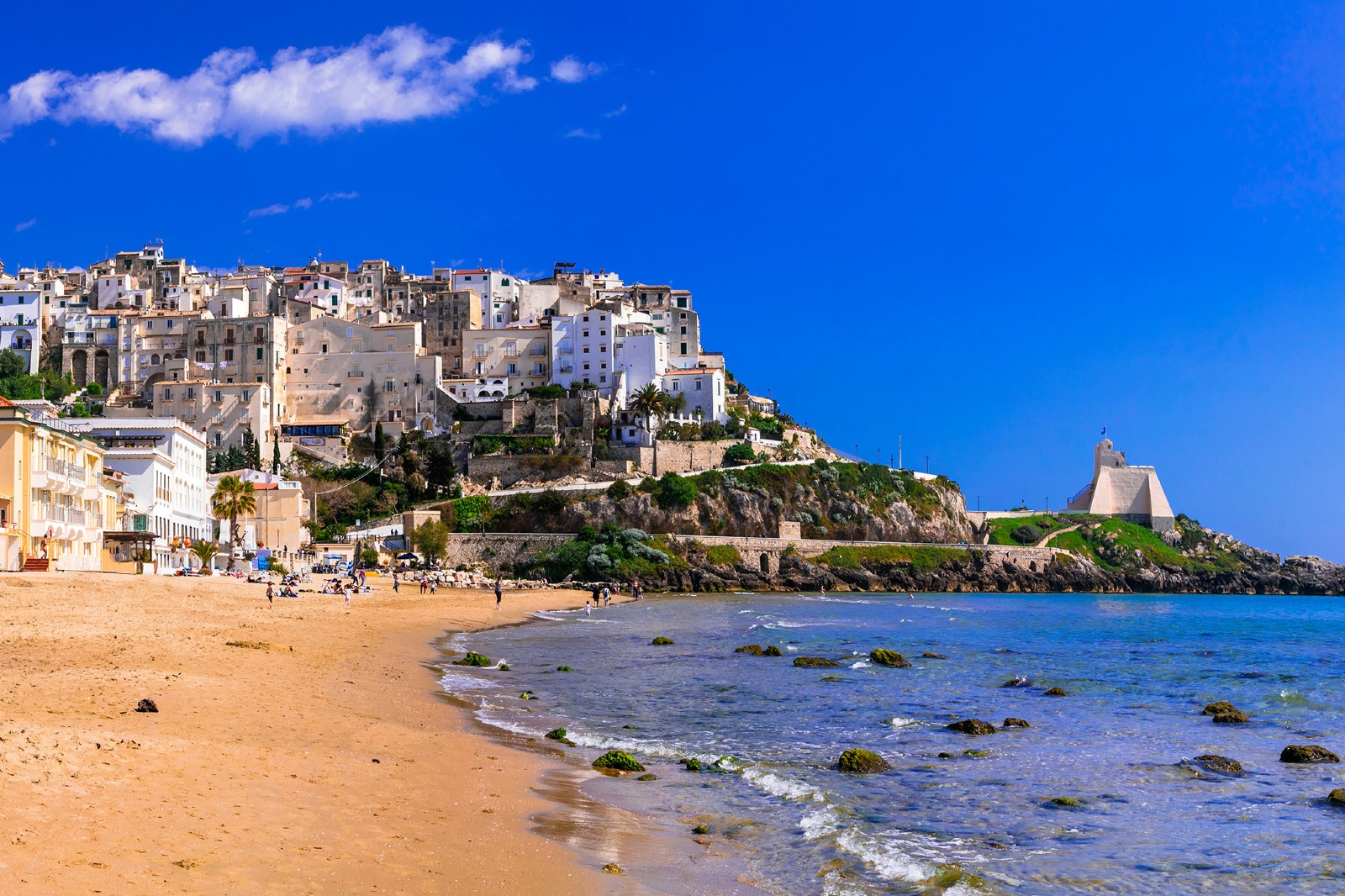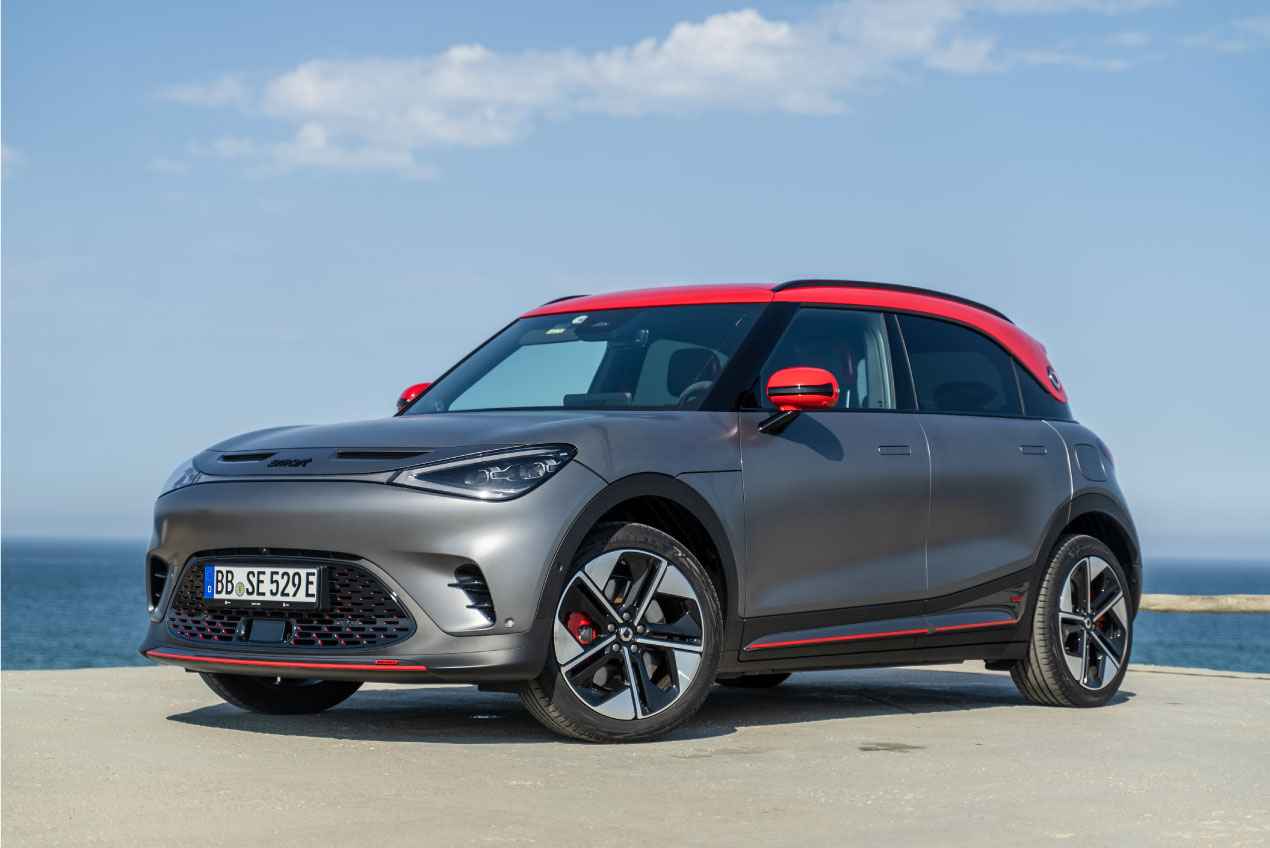4 ideas for a day trip or a journey in Italy during the good season

For a fantastic summer, have you already chosen where to spend your holidays? The Edilfar Rent team gives you some advice for some interesting destinations: two in Liguria and two in Lazio.
San Michele di Pagana
From Rapallo, along the main road to Santa Margherita, you come across the hamlet of San Michele di Pagana, located in a charming inlet. The fishing village consists of colorful houses of fishermen, located along the beach. An interdisciplinary and multisensory cultural itinerary that presents, in about 100 minutes, the rich history of the village of San Michele.
Three moments, distinct but closely connected, that will involve all the senses: the guided tour of the church and its treasures, with the works of Van Dyck, Maragliano, Valerio, and Bernardo Castello, etc. (sight, hearing); the story of the evolution of the relationship between the territory and its inhabitants seen not only in the landscape but also through the changes in eating habits related to land and sea use, held in the Oratory, with direct contact with the works of the oldest everyday life: lace, carpentry, fishing (touch, sight, hearing); final tasting to explain the link between local products and traditional local cuisine (taste, sight, smell, hearing) and proposed in the garden, with a live musical concert, referring to the historical period.
Alassio
The destination of "kisses," hotels, sea, and glamour: let's explore one of the excellent destinations of the Ligurian coast in depth.
The city of Alassio is located just over 90 kilometers southwest of Genoa, and about 50 kilometers from Savona, along the route of two important roads: the SS1 (Via Aurelia) and the A10-E80 (Autostrada dei Fiori). Whether coming from Genoa or reaching the city from France, it is therefore possible to reach the center easily. The railway station serving Alassio is located along the Genoa - Ventimiglia route, traveled by regional and long-distance trains. The nearest airports are those of Genoa and Nice, both about 100 kilometers away. The city is walkable, but there are bus lines and local transport at good frequencies.
Alassio lies nestled in the inlet between Capo Mele and Capo Santa Croce. North of the city, the urban center is surrounded by the peaks of Mount Tirasso. The origins of the settlement of Alassio are very uncertain, but the foundation of the current urban center dates back to the 10th century when a first nucleus arose near the mountains. It was a religious center that arose around a parish church, owned by Benedictine monks, as was customary at the time for many small villages scattered throughout Italy.
Over the centuries, however, Alassio became part of the maritime republic of Genoa, gaining prestige and power as evidenced by the numerous naval fleets lent to the city of Genoa during the great battles. During the Renaissance period, the city of Alassio became an important commercial power, gaining wealth from trade with countries beyond the Alps and the Mediterranean. Among the various historical and political events that saw Alassio alternately as a French territory or part of the Kingdom of Italy, since the last century, the city has become an important and popular tourist destination for many foreign and Italian tourists.
The city of Alassio is part of the Italian "chocolate cities" club, thanks to the sweet specialty produced here: the "Baci di Alassio" (Alassio kisses), which enjoy protected designation of origin. Thanks to its presence in the club, the city of Alassio is one of the stops on the Bacio itinerary.
The typical cuisine of Alassio draws from the Ligurian tradition, rich in flavors of the Mediterranean. Along the seafront, restaurants and trattorias have emerged, usually offering dishes from tradition, such as linguine with pesto or with lobster sauce and other types of shellfish or fish.
Lake Bolsena
The largest volcanic lake in Europe and the fifth largest in Italy, is located a few kilometers north of Viterbo, in the Lazio region on the borders with Tuscany and Umbria, in the territory of Alta Tuscia, about 40 km from the Tyrrhenian Sea and a few from Mount Amiata.
Lake Bolsena is easily reachable via the Autostrada del Sole A1, the state road Aurelia SS 1, and the state road Cassia SS 2. Traveling on the Autostrada del Sole (A1), exit at Orvieto, head towards Viterbo, and then follow the signs for Bolsena. After a few minutes, the agricultural land will allow you to catch a glimpse, from above, of this magnificent lake. Following the Via Aurelia along the Tyrrhenian Sea, whether coming from the north (Genoa, Livorno, Grosseto) or from the south (Rome, Civitavecchia, Tarquinia), exit at Montalto di Castro and follow the signs for Canino and Valentano.
The shores of Lake Bolsena are sandy and in some places marshy. The sand is generally black, a color due to the volcanic origin of the rocks that make up the ancient caldera. Interrupted by coves and inlets, the coast is broken in various points by suggestive promontories. On one of these stands one of the most characteristic villages of the lake, Capodimonte. The other promontories are: Punta di Sant'Antonio, Punta San Bernardino, and Monte Bisenzio.
The lake appears today as a veritable mosaic of natural, historical, and traditional attractions that allow you to savor in complete tranquility one of the most beautiful lakes in Lazio. Many people are attracted to these places both to practice one of the many sports activities (sailing, windsurfing, canoeing, and fishing) and to be in close contact with nature by practicing bird watching and trekking. For lovers of traditions, there are no shortages of festivals and historical re-enactments that the various villages overlooking the lake organize throughout the year. For lovers of good cuisine, on the other hand, it is possible to taste a wide variety of fish-based dishes offered by the numerous small trattorias located on the shores.
Sperlonga
One of the most exclusive and beloved villages in the Lazio region, appreciated since Roman times, stretches along the Strada Statale Flacca, between Terracina and Gaeta, and stands majestically on a rocky promontory dominating the Tyrrhenian coast offering breathtaking panoramas and a rich history to discover.
The name "Sperlonga" derives from the Latin "speluncae," meaning "caves," referring to the numerous natural cavities that characterize its coast. Among these, the most famous is certainly the "Grotta di Tiberio" (Tiberius's Cave), once an integral part of the imperial villa of the Roman emperor of the same name, whose ruins are now an attraction of great historical interest.
It is no coincidence that Sperlonga has been awarded both the Blue Flag, a symbol of clean sea and well-equipped beaches, and the Green Flag for the particular suitability of its beaches for children. The wide beaches of fine golden sand alternate with rocky spurs forming enchanting coves, often accessible only by sea, a true paradise for nature lovers and relaxation.
The heart of Sperlonga, with its historic center practically unchanged over time, offers visitors an authentic glimpse of Mediterranean life. The picturesque white houses, the narrow alleys embellished with arches, and, from time to time, the panoramic views of the sea and the sky, create an enchanting atmosphere. This small fishing village still preserves traces of a past characterized by defense against pirates and hard life, but also exclusivity and beauty.
In the territory of Sperlonga, there are traces of human activity dating back to the Upper Paleolithic. According to tradition, the city of Amyclae was founded here by the Spartans. In Roman times, numerous luxury villas, including that of the Emperor Tiberius, were built here. In the past, Sperlonga was repeatedly the scene of pirate raids, lastly in 1622 by Ottoman pirates. Rebuilt over the centuries, Sperlonga has preserved its identity, enclosing within its historic center churches, noble palaces, and a fascinating castle.
In addition to its natural and historical beauty, Sperlonga boasts a lively cultural and gastronomic tradition. The patronal feast, in honor of San Leone and San Rocco, takes place in the days before and after the first Sunday of September. Rich in events, including remarkable fireworks, it attracts visitors from all over the world. The occasional visitor will marvel at the traditional recipes, prepared according to ancient cooking methods. Tasting the soup of sardines, beans, the marinade, or the "bambolotti" with cuttlefish ragout will be a unique culinary experience. So, what are you waiting for to visit Sperlonga? Among history, natural beauty, crystal-clear sea, and delicious gastronomy, this enchanting village in Lazio awaits you to offer you an unforgettable experience.
All you have to do is choose an Edilfar Rent car and go.


